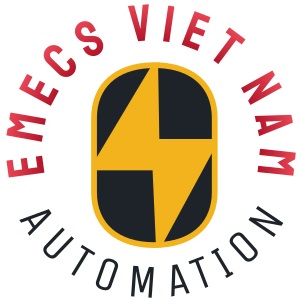Bộ điều khiển Yaskawa Electric SERVOPACK AC Input 3 Phase 200-230V Industrial Servo Drives SGDB-30VDY1
Yaskawa Electric SERVOPACK AC Input 3 Phase 200-230V Industrial Servo Drives SGDB-30VDY1
Quick Details
Description: SGDB-30AD is an Drives-AC Servo
Drive Type: SGDB AC Servo Drive
Rated Output: 2.9KW
Supply Voltage: 200V
Model: Torque, Speed, Position Control
Applicable motor series: SGM
Option Specifications: None
Modification: None
Adjustable Speed Drives have a number of advantages and disadvantages compared to other types of
variable speed controls including:
Advantages Disadvantages
C Energy Savings 1. Initial Cost
C Improved Process Control 2. Motor Heating at low Speeds
C Reduced Voltage Starting 3. Maintenance
C Lower System Maintenance 4. Output Harmonics
C Bypass Capability 5. Induced Power Line Harmonics
C Multi-motor Control
Advantages – Energy Savings
Adjustable Speed Drives can be used to save significant amounts of energy in process operations
compared to traditional control methods where the load or speed of the operation varies.
C AC Adjustable Speed Drives are among the most efficient types of speed control when used
on axial (variable torque) loads like centrifugal fans, pumps and compressors.
S As the motor reduces the operating speed of the fan, pump or compressor the
horsepower required to operate the system is greatly reduced.
S This is a major advantage of the ASD and one of the primary reasons ASD’s have
become so popular in many process operations.
Variable Torque Loads
Variable torque loads require much lower
torque at low speeds than at high speeds.
C The torque required varies as the square
of the speed and the horsepower
required varies as the cube of the speed.
C When the speed of a variable torque
load is reduced to 50%, the torque
required to drive the load is reduced to
25% and the horsepower is reduced to
12.5% of the amount required to drive
the load at full load speed.
C Variable torque loads include most centrifugal and axial pumps, fans and blowers and many
mixers and agitators
understanding of how the motor works, we will be able to appreciate its potential and its limitations, and (in later chapters) see how its already remarkable performance can be further enhanced by the addition
of external electronic controls.
aVord to skim over much of it. In the course of the discussion, however, several very important general principles and guidelines emerge. These apply to all types of motors and are summarised in Section 1.8. Experience shows that anyone who has a good grasp of these basic principles will be well equipped to weigh the pros and cons of the diVerent types of motor, so all readers are urged to absorb them before tackling other mparts of the book.
OTHER SUPERIOR PRODUCTS
| Yasakawa Motor, Driver SG- | Mitsubishi Motor HC-,HA- |
| Westinghouse Modules 1C-,5X- | Emerson VE-,KJ- |
| Honeywell TC-,TK- | GE Modules IC – |
| Fanuc motor A0- | Yokogawa transmitter EJA- |


